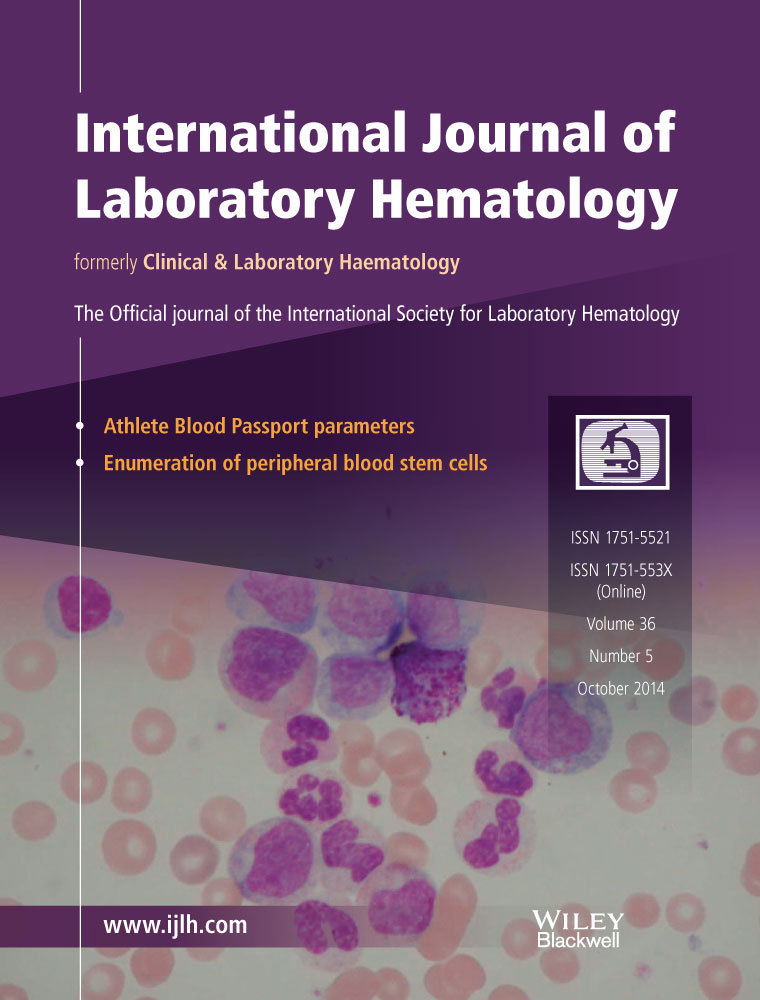Evaluation of the immature platelet fraction as an indicator of platelet recovery in dengue patients
Summary
Introduction
Thrombocytopenia is a common complication in many disorders (such as aplastic anemia, ITP, dengue fever,), the etiology being multifactorial. Immature platelet fraction (IPF) is a new parameter which is a measure of reticulated platelets that reflects the rate of thrombopoiesis. We tried to evaluate IPF as an indicator to predict the recovery of platelets in patients with dengue.
Methods
A total of 32 patients suffering from dengue fever (as confirmed by NS1 antigen or IgM antibody positivity for dengue) were taken for the study. The platelet count and IPF value of all these patients were evaluated on a daily basis.
Results
It was found out that IPF has a strong correlation with the recovery of platelet counts in patients with dengue. 84.3% patients showed recovery within 24 h after attaining the peak IPF, 93.75% of the patients showed recovery within 24–48 h of the rise of the IPF compared with the previous day's value, and 100% patients showed a recovery within 24 h of the fall of the IPF compared with the previous days. It was also observed that 93.75% of the patients show platelet recovery within 24–48 h if the IPF was more than 10%.
Conclusion
Based on our study, we concluded that IPF can be used to evaluate the recovery of platelets in patients with dengue. It holds a great promise of becoming a reliable future guide for decisions concerning platelet transfusions.




